Inside the War Rooms
Words by Dalene Heck / Photos by Pete Heck
When it was decided that we were going to Malta, a few of my North American friends admitted that not only did they have no idea where Malta is located, they had never even heard of it.
I will admit that it wasn’t too long ago in which I would have said the same thing. It’s size and location generally excludes the tiny country from the scope of many travelers’ radar.
And if the Axis powers had their way during World War II, perhaps there would presently be no Malta to even know about or travel to. For the two year period from 1940 to 1942, Malta was thrust into the spotlight for the most unfortunate reason: it became the most bombed spot on the planet. German and Italian air forces launched over 3,000 bombing raids, determined to blast the Maltese into submission. In April of 1942 alone, 7,000 tonnes of bombs were dropped on Malta, more than was dropped on all of London throughout the entire war.
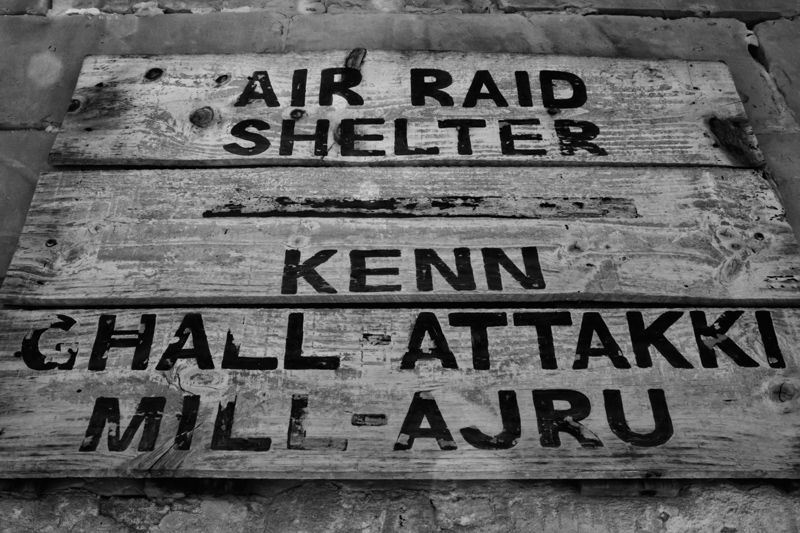
Even though small in size, comprised of just three small islands and just under 100 sq miles in total land mass, Malta’s position is quite strategic. Located just over 100 miles south of Sicily and 200 miles north of the embattled north-African coast, the British-controlled land fell desperately under siege. Unprepared and starving for resources that the Allies struggled to send through, Malta was brought to its knees often, and once even set a surrender date. They miraculously pulled through only because the Axis suddenly decided to divert their attention elsewhere.
Attacks were concentrated on the ports and harbors, the inhabitants forced into many bomb shelters erected on the islands. Over 30,000 buildings were destroyed or damaged, and 1,500 Maltese perished in the attacks.
They sustained a tremendous amount of hardship, and fought back. Hidden 400 ft beneath the Barrakka Gardens in the capital city of Valleta are several underground rooms that served an important purpose during those trying years of the war. Not only were the rooms used to co-ordinate defense efforts, but Dwight Eisenhower and several other key Allied officials took residence there to co-ordinate offensive strikes in the Mediterranean. Most significantly: Operation Husky, the invasion of Sicily.
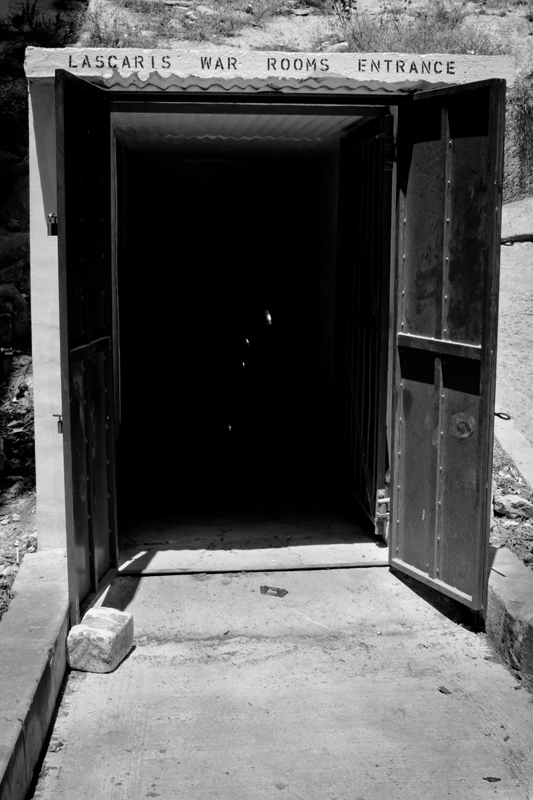
In just the last year, the Lascaris war rooms have been restored and opened to the public. Original strategic maps outlining the attack routes still hang from the walls, and offices have been restored to show exactly where the leaders sat. Now sitting idle are the rooms in which they barked out orders of where and when to send planes and boats. Who got supplies and who didn’t. Who may live, and who may die.
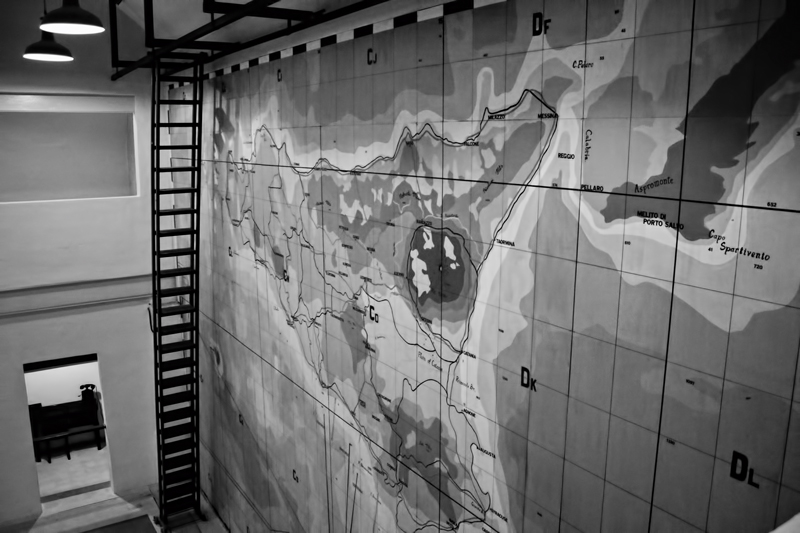
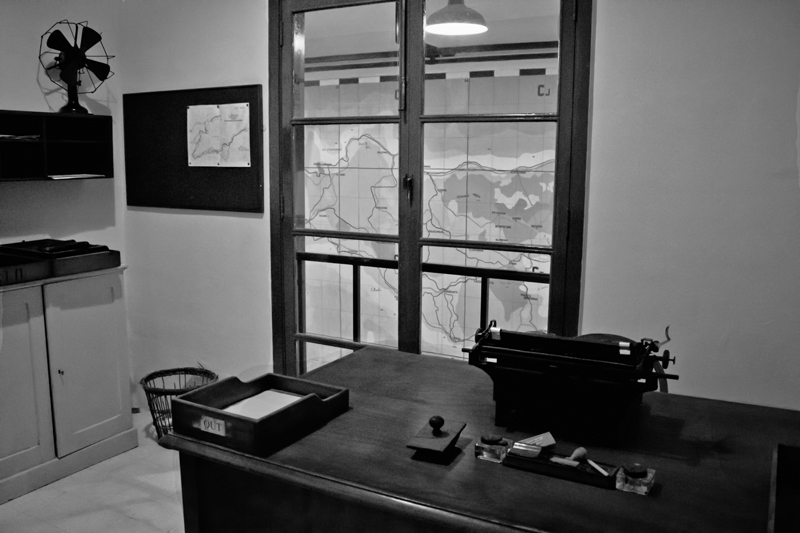
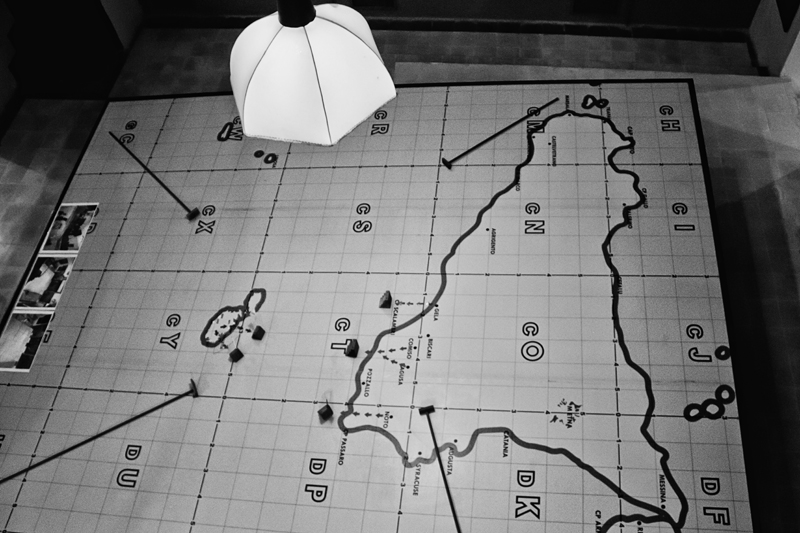
The directions and decisions made in these rooms played considerably into the changing tides of the war – the success of Operation Husky represented the first steps for the Allies in taking the European mainland. In just over a month, the Operation achieved all of its goals in driving Axis presence from the island, opening sea passages, and in overthrowing the Italian dictator Benito Mussolini.
Malta, like the rest of the world, would soon begin to breath easier and rebuild. During the worst of times, the Maltese lived on half of what rations the other European Allied countries had, all while enduring aggression like no other. Their fortitude and perseverance during such arduous times is truly exemplary.
And that is one very big reason why Malta is worth knowing about.

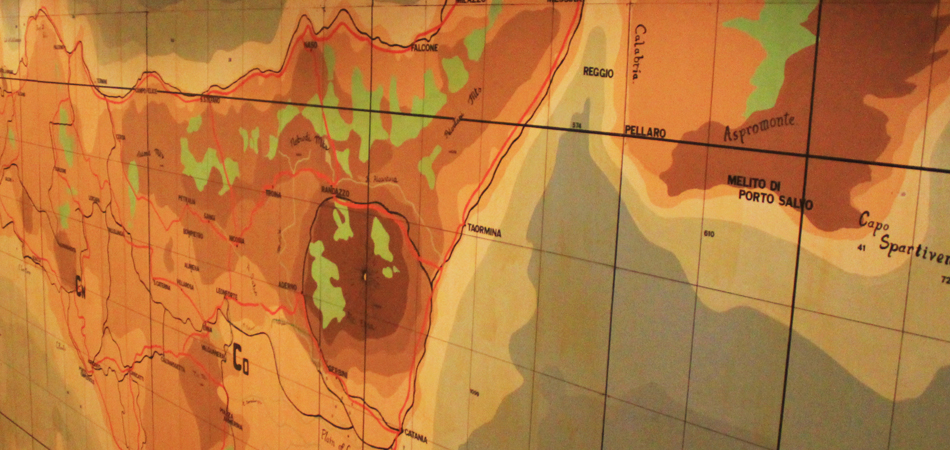
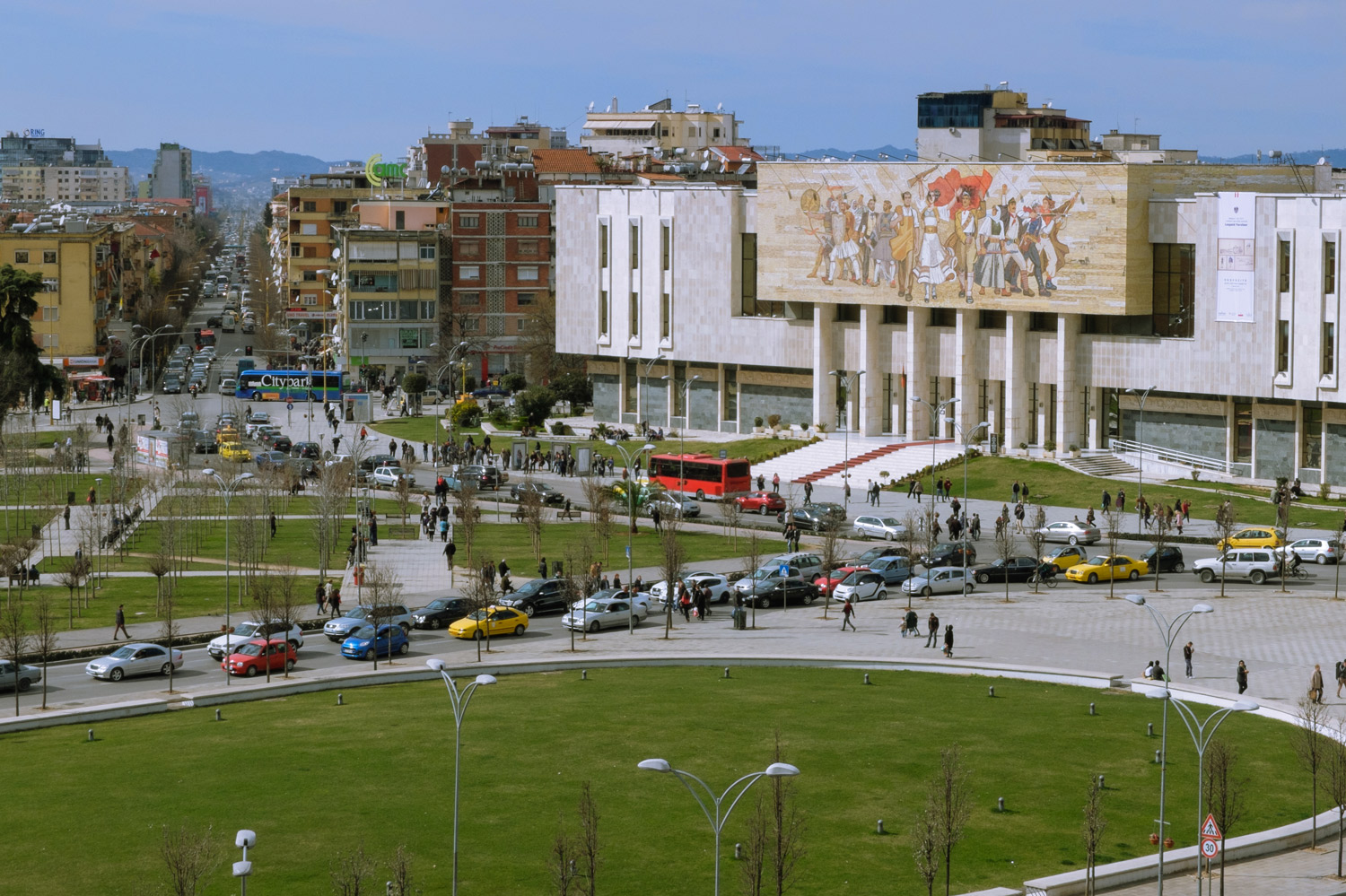
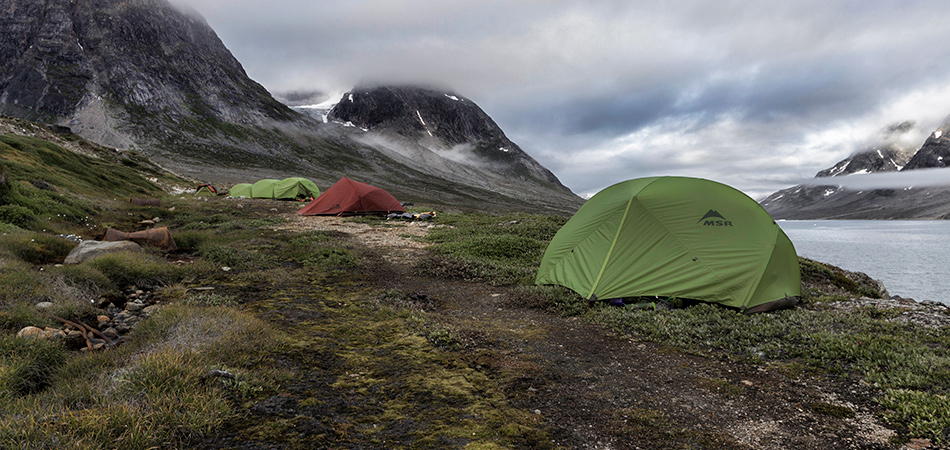
When we learned of Malta’s role in the war, and how thoroughly they got bombed, it really put things into perspective while we were there. I can’t imagine that kind of constant aggression and terror, and still fighting on.
They were practically living in those air raid shelters from the constant barrage. Unimaginable.
Although I know where Malta is on the map and have for as long as I can remember – I did not know about its war past. There is SO much that I have yet to learn about our world history – and more specifically the world wars. Very informative article – peaks my interest in learning more!
Thanks Chrystal – I feel the same way, at least traveling in Europe for the past year we’ve gotten bits and pieces of it. But I really want to spend the time to learn more.
Very cool post.. had no idea Malta was the most bombed, makes some sense considering it’s location. I think the B/W works well with these pics too.. do you plan to share the color versions?
Thanks! No plans to share the color versions, although perhaps on our Facebook page when we finally get around to setting up albums. 🙂
Malta has an important place in New Zealand’s memories of the Second World War but I didn’t know about the sheer size of the bombardment! Great post.
Thanks Natasha! And I didn’t know about the NZ connection either…
There’s a similar museum in London that utterly fascinates me – it’s so weird and special to think that a mere 70 years ago, people sat in those rooms during one of the worst times of human history. But I had no idea Malta was the most bombed place, though!
It is pretty surreal to imagine the kind of decisions that would have been made in those rooms.
That was a very interesting read & informative. Spooky pic’s when you think of the reason behind them.
Glad you enjoyed it, and being in those underground rooms was pretty spooky indeed.
Extremely interesting read. Now I really want to go to Malta. I kinda did when I read the blue lagoon post, now this sealed the deal.
Our job here is done! 🙂
Wow, I had NO idea Malta had such a tumultuous past. That is insane that it was the most bombed place on the planet during the war. Very interesting post!
It’s really quite amazing the islands still exist at all after that much bombing!
I also had no idea that Malta was so heavily bombed during World War II. But given your other posts, a lot of the important religious buildings apparently survived.
Someone mentioned the war rooms in London. They’re attached to a Winston Churchill Museum and are a don’t miss site in London. All the top leaders of Britain would gather there during the war. (except Churchill himself, who liked to go up on the roof and watch the bombs fall.)Totally spooky to see the way that war maps planned troop movements, and a running total of men killed, as well as the tight quarters for secretaries.
I am sad we missed those war rooms when in London. Such a bizarre feeling, to be in the same rooms where so many important, life-changing decisions were made.
We’ll be visiting Malta on a cruise stop this fall so will use this information. We’ve been reading books and history about it, so it will be good to get a first-hand taste of them with a tour.
Definitely hit up the War Rooms then if you do have an interest. To see the original state of the maps is quite incredible.
That’s crazy… I had no clue about that, but I guess it makes sense! To be honest, most of the time… I forget Malta exists… yeah. Does that make me a bad person?
Awful. Really, you should just give up on life. 😉
I’m glad you wrote this one. I knew about a few little details, but not nearly this much of Malta’s history. Definitely interesting!
And that is just one small window into Malta’s diverse history! There is a lot to learn there.
Oh wow. I had no idea of that part of its history. When I was about 23, a close friend got a job as a private flight attendant, and his first trip was to Malta, which we had never heard of. To this day, when we something sounds shady, we make a joke about going to “Malta” “on business” wink, wink.
Fascinating stuff! That statistic of more bombs falling in a month than fell on London in the entire war is hard to conceptualize – it’s a credit to the Maltese people that they made it through.
Wow, I had no idea Malta had it so rough during the war.
The black and white photos go so well with the post.